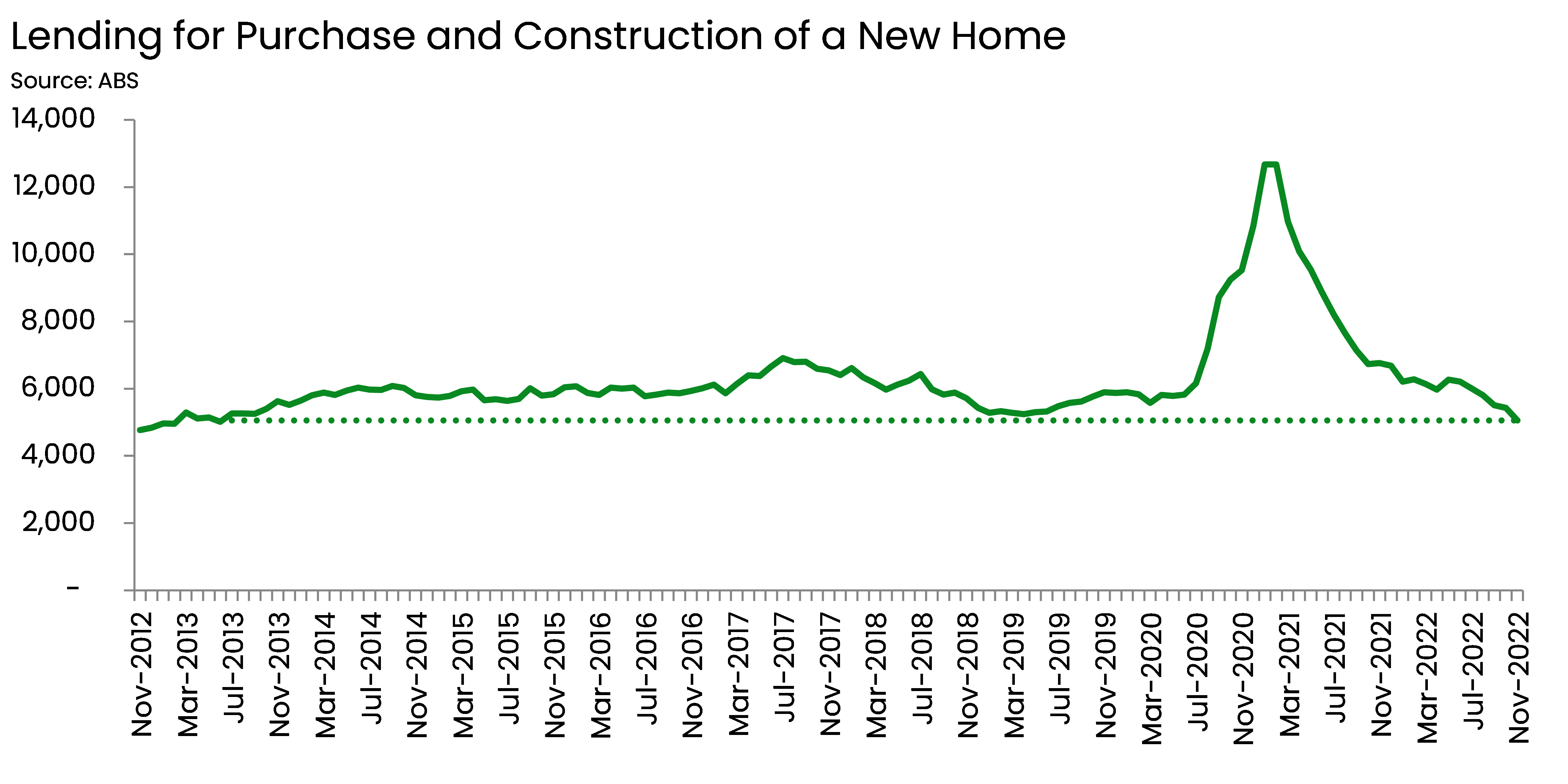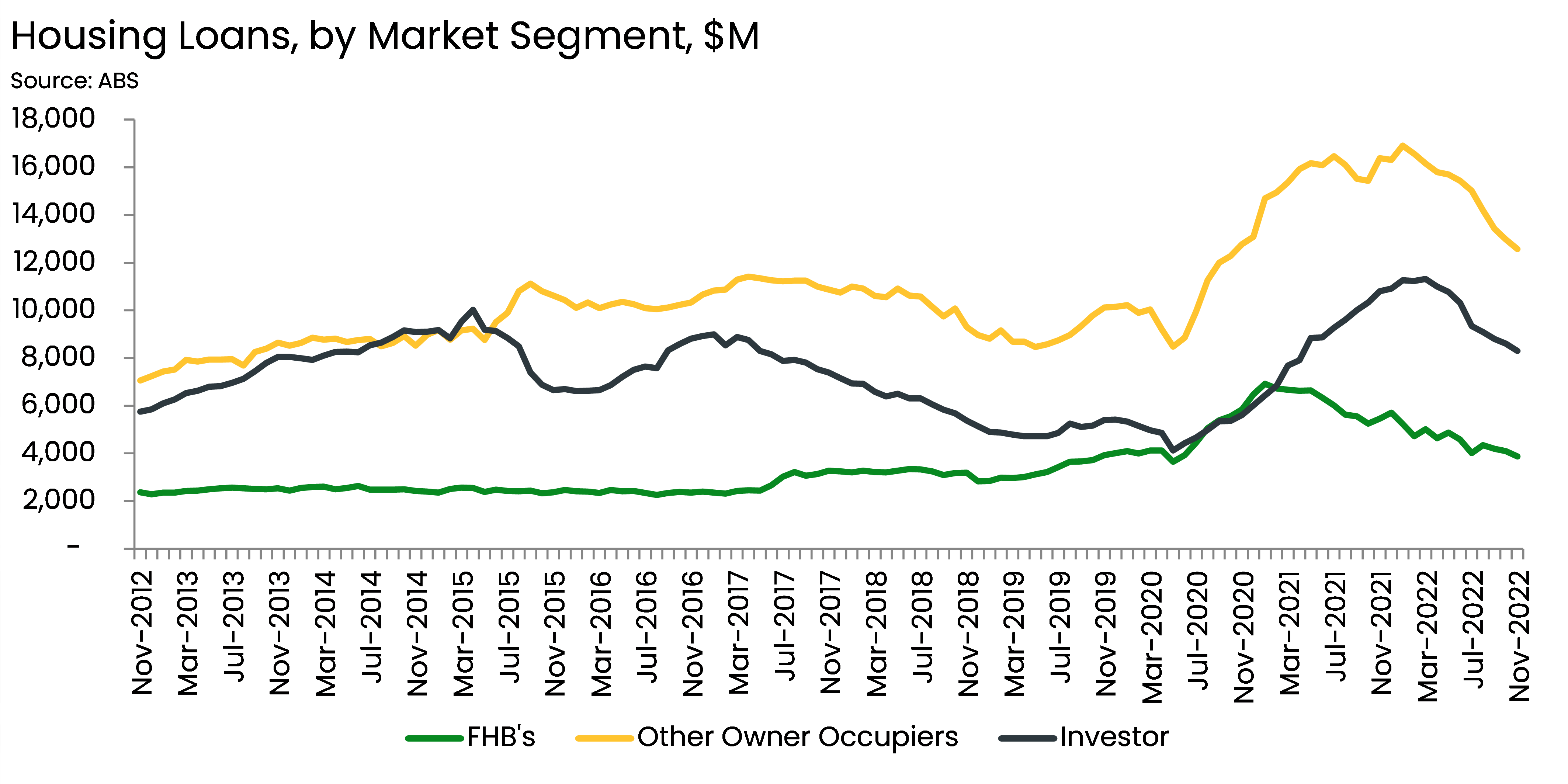'Let’s put students at the centre of funding decisions' says ITECA
A sSTUDENT-CENTRIC approach to skills training and higher education funding is the overarching theme in a number of recommendations for the 2023 Australian Government Budget set out by the Independent Tertiary Education Council Australia (ITECA).
ITECA is the peak body representing independent body representing skills training, higher education, and international education providers.
“The Australian Government has a provider-centric approach to tertiary education funding, and that doesn’t serve the nation well. To ensure that the capacity of the skills training and higher education sectors can be fully leveraged to address the nation’s skills shortages, we need to create a student-centric tertiary education funding model,” ITECA chief executive.Troy Williams said.
In its 2023 Australian Government Prebudget Submission, ITECA has highlighted the need for governments to back a student’s choice of skills training or higher education provider, whether this is an independent provider or a public one.
“Australia’s tertiary education system really doesn’t empower students," Mr Williams said. "Often they can’t access funding to study with the provider of their choice to undertake studies in areas in which skills shortages abound.
"What’s worse is that some students have to pay an egregious student loan tax simply because they choose to study with an independent tertiary education provider,” he said.
ITECA’s submission also makes a number of recommendations to significantly cut red tape in a way that will preserve the protections currently afforded to students.
“We have one national regulator for skills training and another national regulator for higher education. These two bureaucracies regulate the same activities undertaken by tertiary education providers in very different ways. ITECA has provided recommendations to align the work of these two regulators,” Mr Williams said.
A key recommendation in the submission to better support the international education sector is ITECA’s proposal to appoint a Commissioner to coordinate the different activities of the Australian Government.
“There are too many government departments and agencies undertaking overseas marketing activities in a disjointed fashion with confusing and sometimes contradictory messages. Added to this, onshore policy and program activities for international education are similarly disjointed and lacking in cohesion,” Mr Williams said.
The recommendations set out in the prebudget submission reflect ITECA’s member-driven policy leadership and the role of independent tertiary education providers.
According to government data referenced in the ITECA State Of The Sector Report, independent Registered Training Organisations (RTOs) support more than 87 percent of the 4.3 million students in skills training, including more than half of all apprentices and trainees. Independent providers support around 10 percent of the 1.6 million students in a higher education awards program.
ends.

 How to resolve AdBlock issue?
How to resolve AdBlock issue? 
